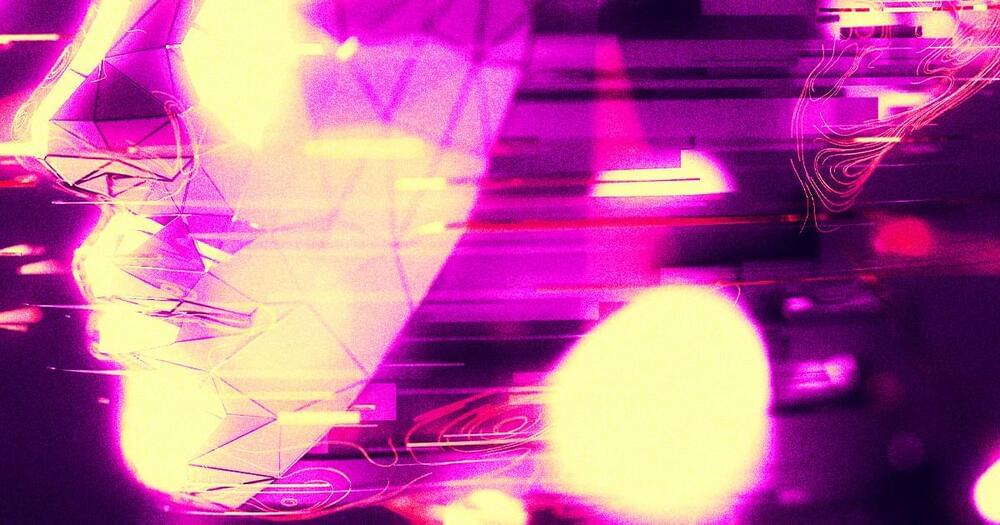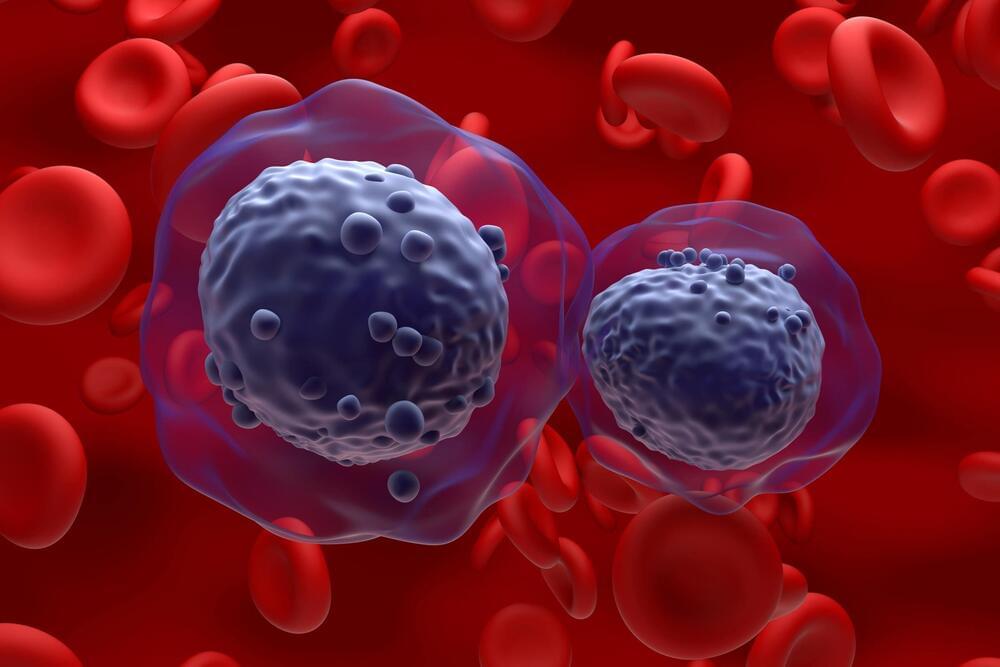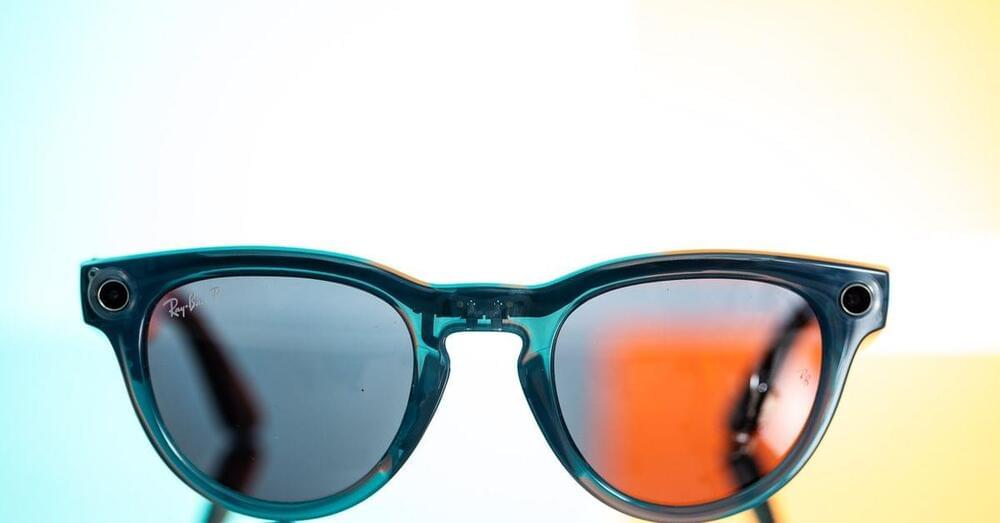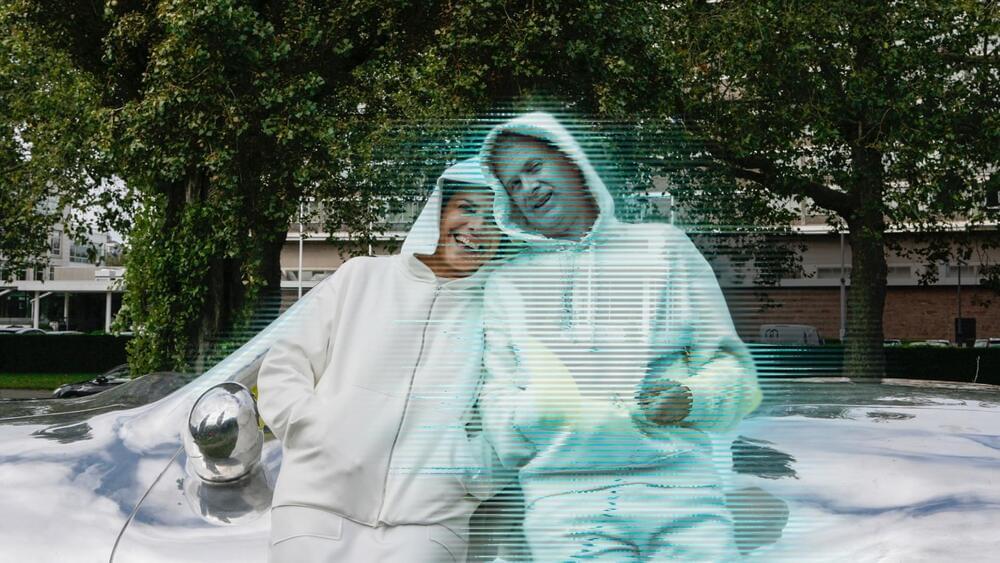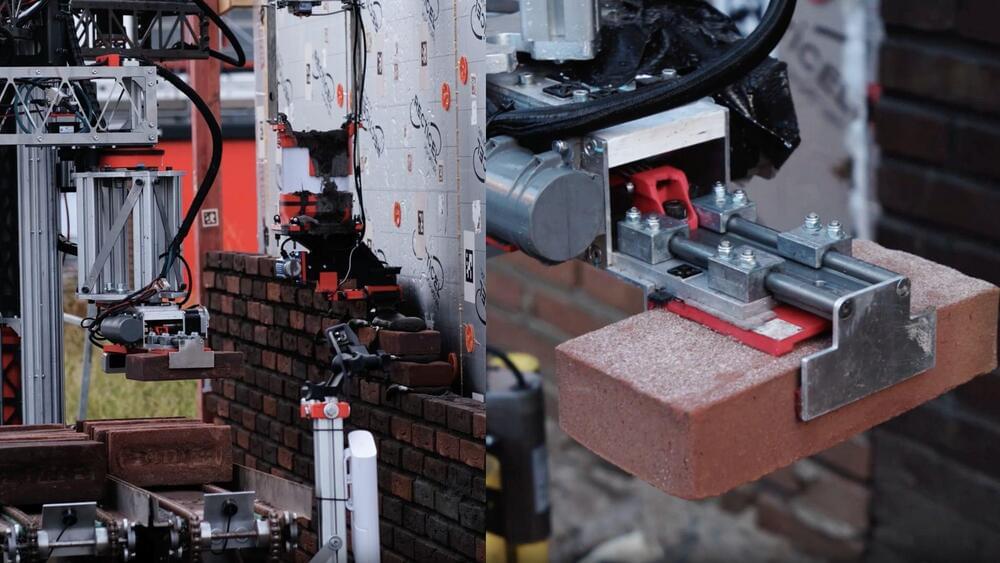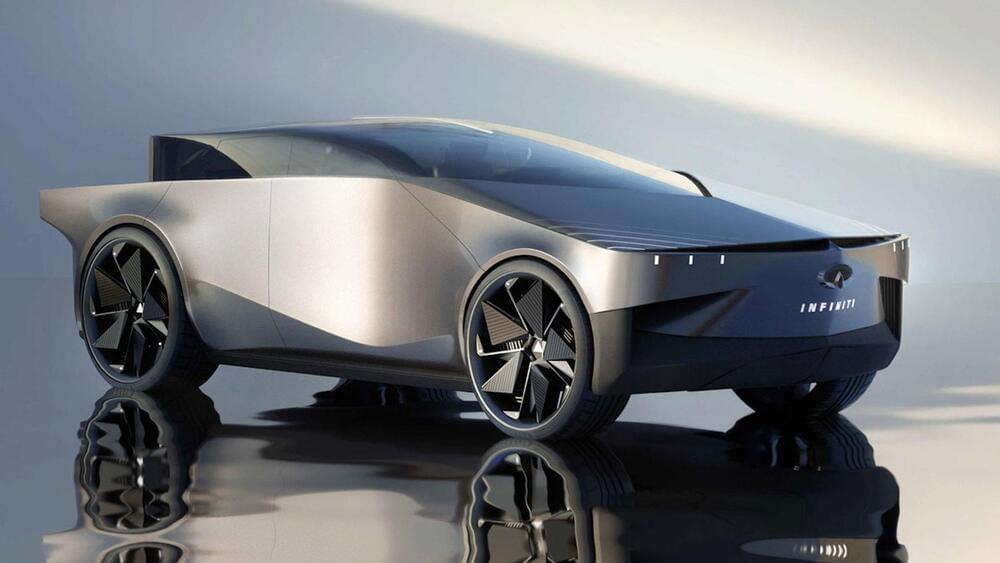J. Robert Oppenheimer’s grandson is among the star-studded signatories of a new open letter about the dangers artificial intelligence poses to the planet.
The letter, which was issued by the Nelson Mandela-founded group The Elders in conjunction with the Future of Life Institute, calls on global decisionmakers to “show long-view leadership on existential threats,” including “ungoverned AI” and nuclear weapons.
Charles Oppenheimer, who founded the Oppenheimer Project to continue his grandfather’s mission of tempering scientific progress with “international cooperation and unity,” was joined by hundreds of others, including British billionaire Richard Branson, AI pioneer Geoffrey Hinton, writer and Carl Sagan widow Ann Druyan, and musician Peter Gabriel. In it, they warn that the world “is in grave danger” as we face down the perils of AI.
